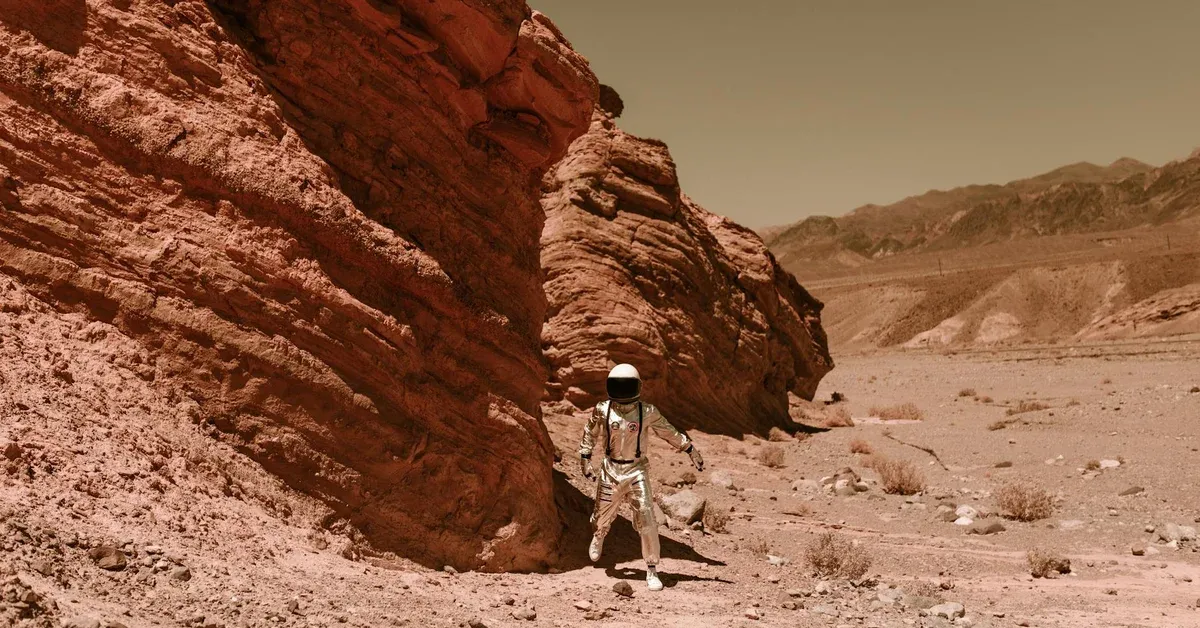
NASA thought their Mars missions were perfectly clean. They were wrong. Scientists at the University of Houston discovered a tiny bacterium called Tersicoccus phoenicis that can trick NASA’s best sterilization efforts by pretending to be dead. This sneaky survival trick raises serious questions about whether we’ve already contaminated Mars and how it might mess up our search for alien life.
The Master of Playing Dead
Tersicoccus phoenicis isn’t some alien bug. Scientists first found it over ten years ago in NASA’s supposedly spotless spacecraft assembly rooms. These cleanrooms go through intense sterilization to keep Earth germs from hitching rides to other planets. Yet this bacterium somehow survived.
The University of Houston team figured out how it pulls this off. When faced with sterilization chemicals, UV light, or extreme dryness, the bacterium enters what scientists call “Viable But Not Cultivable” state. It’s basically playing dead so convincingly that standard lab tests think it’s gone.
Think of it like a smartphone app that pretends to crash when you try to delete it, then quietly starts running again later. This fake-death trick makes the bacterium incredibly tough and calls into question whether our current spacecraft sterilization techniques actually work.
Did We Already Contaminate Mars?
Here’s the scary part: missions like NASA Phoenix might have carried these sleeping bacteria to Mars without knowing it. If scientists eventually find what looks like ancient Martian life, how do we know it’s not just Earth bacteria that woke up from their fake-death state?
This could completely mess up astrobiology research. The whole field depends on clean samples from other planets. Any Mars contamination by hitchhiking Earth bugs could lead us to mistake our own germs for alien life. That’s a pretty expensive mistake when you’re spending billions on space missions.
Every Mars sample we study now needs extra scrutiny. We need to be absolutely sure we’re not just looking at Earth life that took a really long nap on a spacecraft.
Rethinking Space Cleanliness
This discovery forces NASA and other space agencies to completely rethink how they clean spacecraft. Current methods clearly aren’t enough if bacteria can just play dead until the sterilization is over. Scientists need to develop new ways to either wake up these sleeping bugs or find chemicals that can kill them even when they’re faking death.
The problem gets worse when you consider future missions to places like Europa or Enceladus, Jupiter and Saturn’s moons that might have oceans under their ice. If we accidentally introduce Earth bacteria to these potentially life-bearing worlds, we could destroy alien ecosystems before we even discover them.
This isn’t just a space problem either. The same survival tricks bacteria use to fool NASA are helping create superbugs in our oceans and hospitals here on Earth. You can learn more about this growing threat in our article, Ocean Swimming’s Hidden Health Crisis: How Coastal Waters Are Creating Superbugs. It shows how adaptable these tiny organisms really are, whether they’re on Earth or heading to Mars.
Turns out the universe is playing hide-and-seek with us, and the bacteria have been winning this whole time.